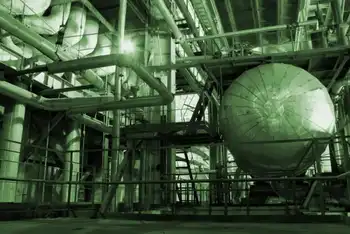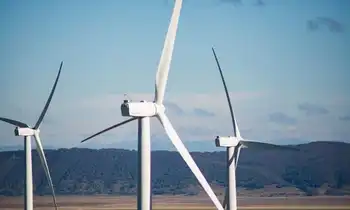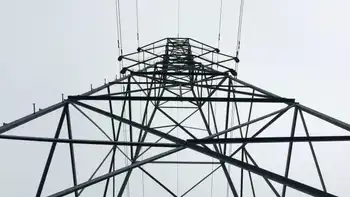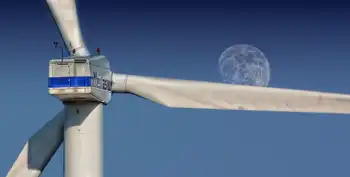Wind energy group urges Ohio to change tax setup
The American Wind Energy Association says Ohio's existing tax method could be a hurdle to boosting the amount of electricity in Ohio that comes from renewable sources.
About a year ago, state lawmakers passed a landmark energy bill that requires 12.5 percent of electricity sold in the state to come from renewable sources by 2025. The requirement is being phased in, starting at 0.25 percent this year and escalating each following year.
In a letter sent to Gov. Ted Strickland, the association has asked the state to consider charging a production tax on electricity generated by wind turbines, instead of requiring a tangible personal property tax on an electric utility's equipment.
At issue is hundreds of millions of dollars. Last year, gas and electric utilities paid more than $620 million in tangible personal property taxes, according to the Ohio Department of Taxation.
Michigan, Indiana, Illinois, Pennsylvania and West Virginia have reduced or eliminated that tax, making them more attractive to potential wind energy developers, according to the wind association.
"We respectfully request that you work with us to craft a more comprehensive solution, a solution that will provide flexibility and efficiency for developers seeking to invest a minimum of $6 billion in Ohio's economy," The (Cleveland) Plain Dealer quoted the letter as saying.
Strickland's energy adviser, Mark Shanahan, who also directs the Ohio Air Quality Development Authority, says he first wants to see state-by-state tax comparisons and evaluate some of the group's claims he thinks are inaccurate.
Any tax change would require a comprehensive review of utility taxes to be fair, Shanahan said.
Related News
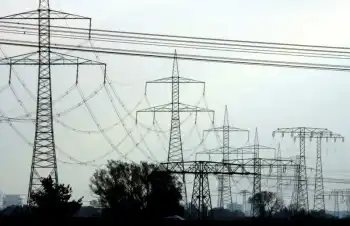
Nine EU countries oppose electricity market reforms as fix for energy price spike
BRUSSELS - Germany, Denmark, Ireland and six other European countries said on Monday they would not support a reform of the EU electricity market, ahead of an emergency meeting of energy ministers to discuss the recent price spike.
European gas and power prices soared to record high levels in autumn and have remained high, prompting countries including Spain and France to urge Brussels to redesign its electricity market rules.
Nine countries on Monday poured cold water on those proposals, in a joint statement that said they "cannot support any measure that conflicts with the internal gas and electricity market" such…


